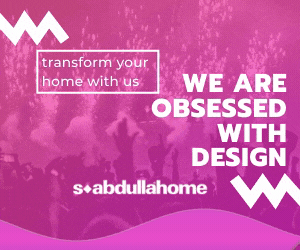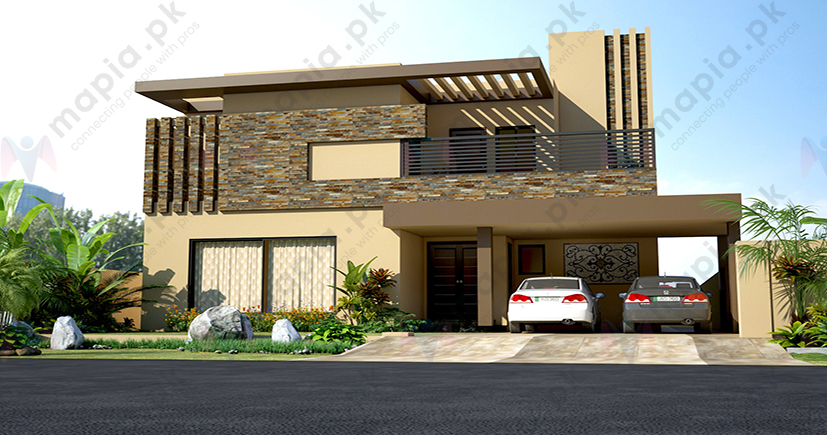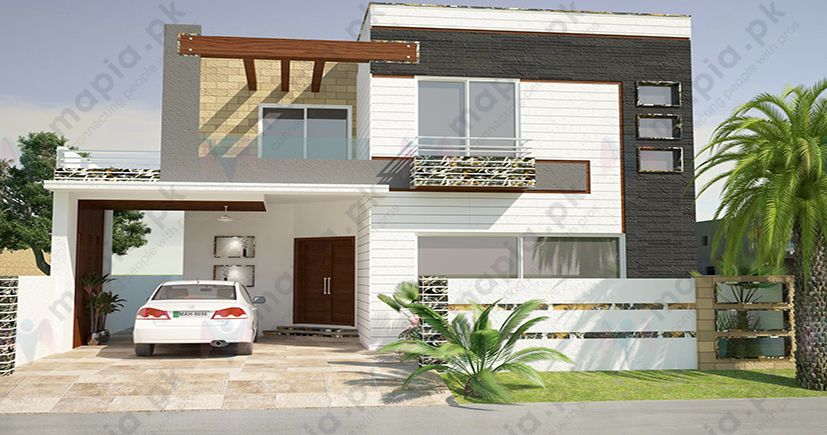
The Role of Technology in Modern Architectural Services
Technology plays a significant role in modern architectural services. It has revolutionized the way architects design and communicate their ideas, making the design process more efficient and effective. Some examples of the ways technology are used in modern architectural services include:
Let's take a closer look at this subject and see what new information we can uncover
One major area where technology has had a major impact is in the design process. Architects can now use computer-aided design (CAD) software to create detailed, accurate, and realistic 3D models of buildings. This allows architects to explore different design options, test structural and mechanical systems, and make changes quickly and easily.
Technology has also made it easier for architects to communicate and collaborate with clients and other team members. Project management software, video conferencing tools, and cloud-based file sharing platforms allow architects to work with clients and team members remotely and in real-time, streamlining the design process and improving efficiency.
In addition, technology has helped architects to stay up-to-date with the latest design trends, materials, and building codes. Online resources, such as blogs, forums, and industry publications, provide architects with access to a wealth of information and resources that can help them stay current and improve their skills.
Some of the ways in which technology is used in modern architectural services include:
Computer-aided design (CAD):
Architects use specialized software to create detailed 2D and 3D models of buildings and other structures. These models can be used to visualize and plan the design, as well as to generate construction documents and specifications.
Building information modeling (BIM):
BIM is a digital representation of the physical and functional characteristics of a building. It allows architects to create a detailed, interactive model of a building, including its components and systems, and to analyze and optimize its performance.
Virtual reality (VR) and augmented reality (AR):
These technologies are increasingly being used by architects to present designs to clients and stakeholders, allowing them to experience the design in a more immersive way. These technologies are providing clients with a virtual tour of their proposed design, allowing them to get a sense of the space and make any necessary changes before construction begins.
Project management software:
Architects use various software tools to manage their projects, including scheduling, budgeting, and communication. These tools help to streamline the design and construction process and ensure that projects are completed efficiently and on time.
Hire Best Architects for your construction project in Pakistan. Click to create Project Inquiry.
3D printing:
3D printing allows architects to create physical models of their designs, which can be used for presentations or as a reference for construction.
Overall, technology has greatly enhanced the capabilities of modern architectural services and has made it easier for architects to create innovative, functional, and aesthetically pleasing buildings. it will continue to play a vital role in the field in the future.
The Benefits of Using Cad or BIM Soft Wares In Design Process
Computer-Aided Design (CAD) software and Building Information Modeling (BIM) software have brought many benefits to the architectural design process. Some of the key benefits include:
Increased Efficiency: CAD and BIM software allow architects to create more accurate and detailed drawings in less time. This means that architects can spend more time exploring different design options and refining the final design.
Improved Collaboration:
BIM software allows for the creation of virtual models of the building that can be used by all stakeholders, such as contractors, engineers, and clients. This improves the overall collaboration process, as everyone is working from the same model, reducing errors and misunderstandings.
Increased Accuracy:
CAD and BIM software allow architects to create highly accurate drawings, which means that fewer errors are made during the construction process. This can save time and money on rework and corrections.
Better visualization:
BIM software allows architects to create 3D models of their designs which can be viewed from different angles, this allows architects, clients, and stakeholders to better visualize the building, providing a better understanding of the space and reducing chances of errors.
Improved Sustainability:
Architects can use BIM software to evaluate the environmental impact of different design options, such as solar exposure, wind patterns, and shading. This allows architects to create more sustainable buildings that have a lower impact on the environment.
Cost Savings:
By using BIM software, architects can avoid costly errors that may occur due to misunderstandings, incomplete information or lack of accurate visualization of the project. The software can also help with estimating the cost of the construction, as well as scheduling and resource management which can save money in the long run.
Better facility management:
BIM software provides an intelligent 3D model of the building that can be used not only during the design and construction process but also throughout the building's lifecycle. This allows building managers to easily track and manage different building components, which makes the maintenance and operation more efficient.
Data-rich model:
BIM software allows architects to create a model that not only represents the building geometrically but also holds a wealth of information and data that can be used in different stages of the building's life cycle, this data can be used by different stakeholders, from engineers to building managers and even the building's occupants.
In Summary,
CAD and BIM software bring many benefits to the architectural design process, from improved collaboration and visualization to increased efficiency, accuracy, and sustainability. By embracing these tools, architects can design better buildings that meet the needs of their users and the environment, as well as save money and time on the construction process and building's lifecycle.













